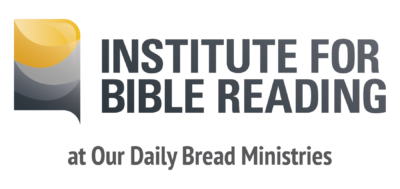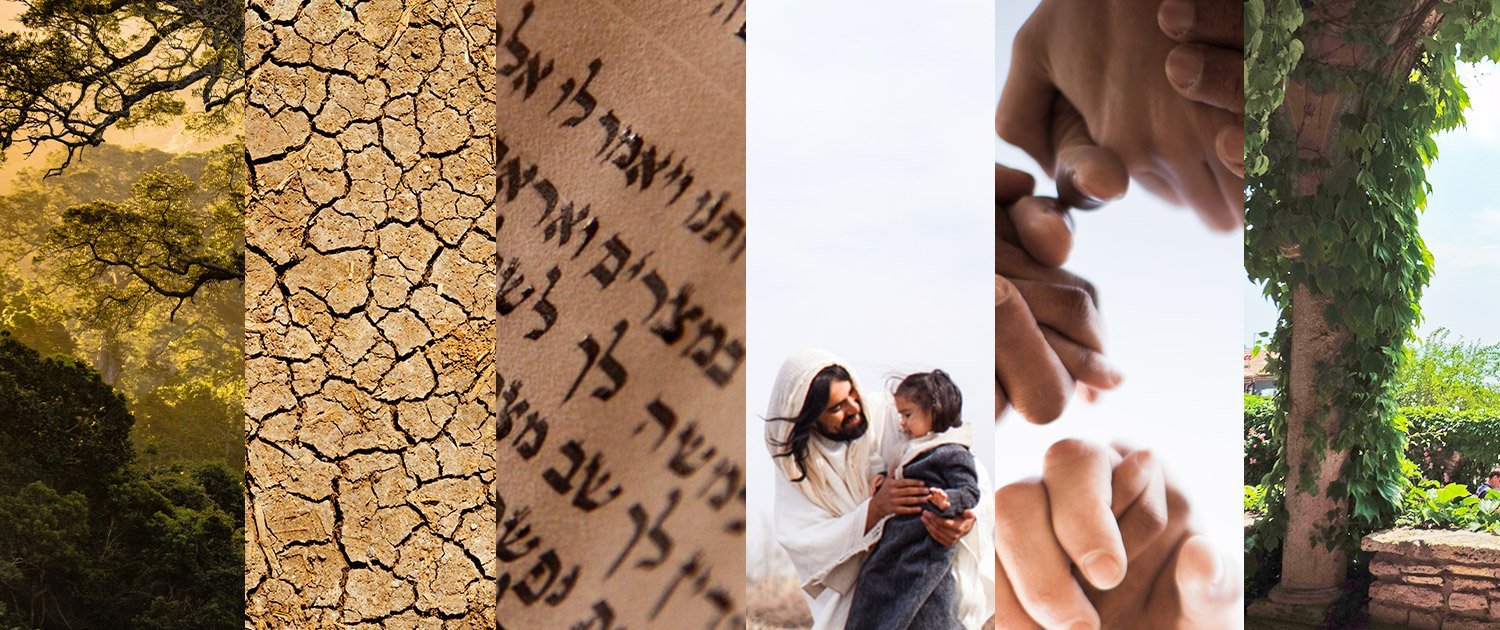The goal of Bible reading is to understand these sacred writings in depth so we can then live them well. There are several steps on this journey to understanding and new life.
The first is to recognize that the Bible is a collection of many different kinds of writings—stories, songs, letters, prophecies, works of wisdom, apocalyptic visions, and more. These diverse writings are best read as whole books, each with its own distinctive message and spiritual truths.
It’s also important to remember that the Bible was first addressed to God’s people in the ancient world and in particular situations. This means we should always strive to understand each book in its original historical and cultural setting.
Overall, however, the Bible has two overarching goals: to tell the story of God’s plan for his world and then invite us into it. More than anything else, the Bible is a saga—the long, dramatic history of how God works with humanity to achieve the thriving life he’s always wanted for his creatures.
Overall, the Bible has two overarching goals: to tell the story of God’s plan for his world and then invite us into it.Click To TweetSo a major factor in reading the Bible well is reading it as God’s big story. All the books in the Bible come together to narrate that story—past, present, and future. In concert, they take us through numerous ups and downs—big moves forward for God’s purposes, then devastating setbacks and losses. But God’s saving goal remains the same through it all: the redemption and flourishing of his entire creation.
Reading the Bible as this story requires that we recognize that it’s progressive in its revelation. As the story advances, its light grows. Greater redemption and deeper fulfillment are revealed act by act. The full revelation of God’s purposes for humanity can’t simply be lifted from any one page in the Bible. The essence of stories is that they move on.
To be specific, the Bible’s big story is heading toward Jesus. It’s in the appearance and work of the Messiah that we find the clearest and most definitive revelation of who God is and what he’s doing in the world. As the powerful opening to the book of Hebrews says: “Long ago God spoke many times and in many ways to our ancestors through the prophets. And now in these final days, he has spoken to us through his Son. . . . The Son radiates God’s own glory and expresses the very character of God.”
God is summoning us all to embrace his sacred words, learn his story, and then enter into it. The Bible’s saga can be helpfully summarized as a six-act drama. These major movements of the story are outlined for you below.


